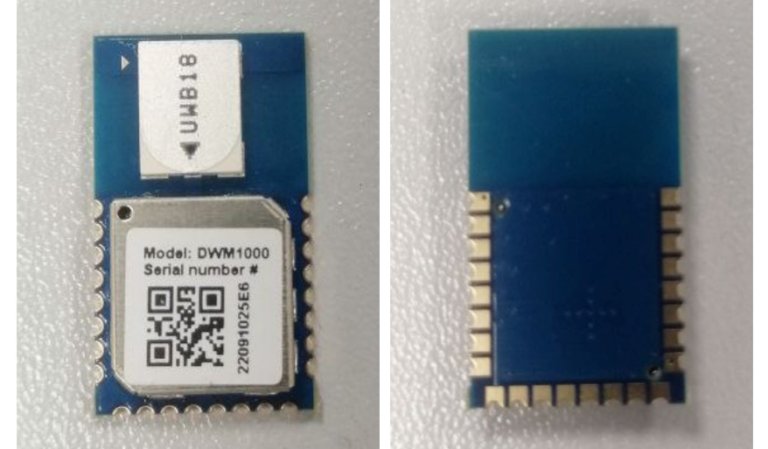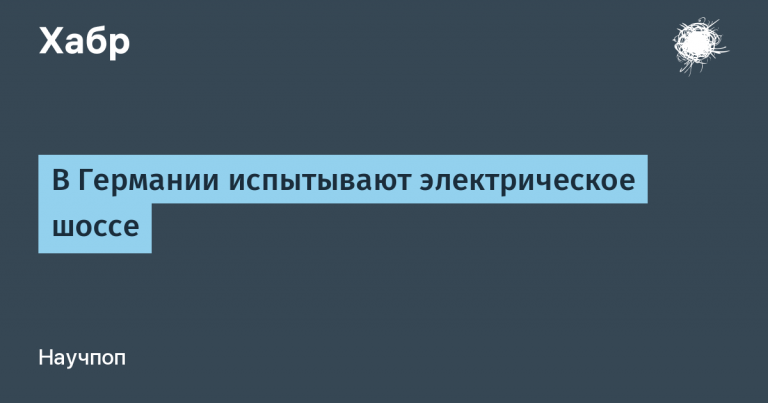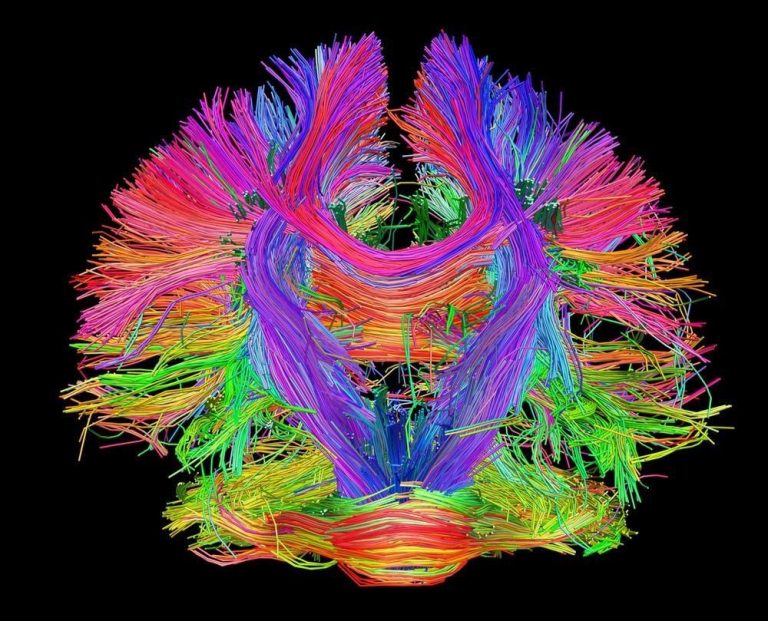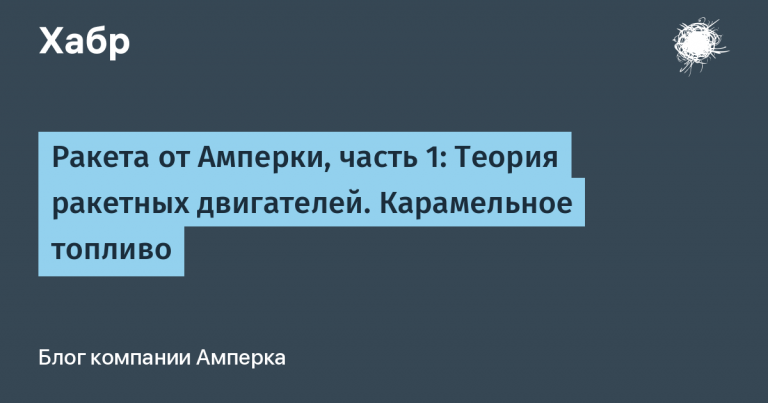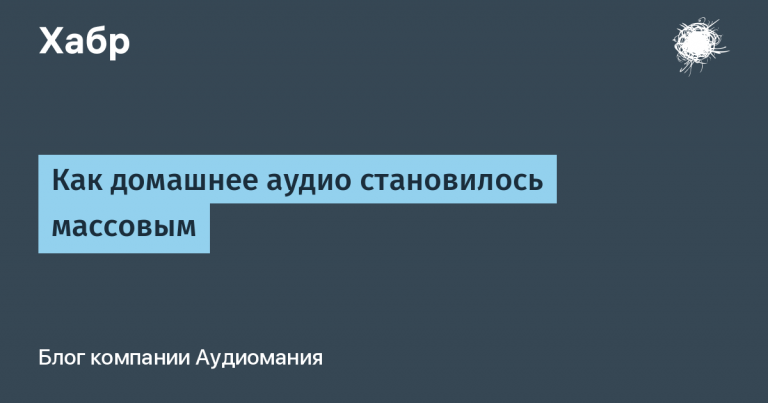Basics of the microScript language
As a reminder, microStudio is a free integrated video game development environment.
In this article, we will look at the microScript language.
So, to begin with, microScript is a local language… Currently, it is only used within microStudio… A program written in the microScript language is transpiled into javascript. microScript is a fairly easy-to-learn language, similar in syntax to the Lua language.
Here are some general principles of the microScript language that we will talk about in more detail in this article:
Variables are global by default. To define a local variable, use the “local” keyword.
Line breaks do not really matter; they are treated as spaces.
No value
nullnilorundefined… Any undefined or null variable defaults to 0.There is no boolean type. 0 is false, and anything that is not 0 is true.
There is no runtime error or exception. Any variable that is not defined returns 0.
Calling a value as a function that is not a function returns the value itself.
“Hello, world!” in microScript language:
print("Hello, world!")Writing one-line comments with //:
print("Hello, world!") //здесь можно написать комментарийAnything before the next line break is ignored when the program runs. Multi-line comments are not available in microScript.
Variables
Any variable that has not yet been used can be assumed to exist and have a value of 0. To start using a variable, it must be assigned an equal value:
x = 1All variables in microScript are considered global unless they are explicitly declared as local.
A local variable can be defined using the “local” keyword:
myFunction = function()
local i = 0
endWhen a type is specified as local to a variable, then its scope is limited to functions within their scope.
Variable names must start with either a Latin letter or an underscore _followed by latin letters, numbers or underscores:
_x1 = 2
var_a = 3Uppercase and lowercase letters are different because microScript, like Lua, is case sensitive.
There is a list of reserved words that cannot be used as a variable identifier: and, break, by, class, continue, else, elsif, end, for, function, if, in, local, new, not, object, or, return, then, to, while…
Value types
microScript recognizes five types of values:
Numbers
Values of the “number” type in the microscript can be integers or decimal numbers. For instance:
pi = 3.1415
x = 1
half = 1/2Strings
Strings are texts or fragments of texts. They must be quoted, double or single. Example:
name = "Вася"
print('Привет' + name) //конкатенация сток с помощью оператора
//сложения "+" In the console: Привет Вася
Lists
Any number of required values of any of the five types can be placed in the list:
empty_list = [] //пустой список
prime_numbers =[2,3,5,5,7,11,13,17,19] //список чисел
mixed_list =[1,"кот",[1,2,3],draw()] //смешанный списокYou can access the elements of a list by their index, that is, their position in the list, starting at the index 0:
list = ["кот", "собака", "мышь"]
list[0] //"кот"
list[1] //"собака"
list[2] //"мышь"You can loop through the list using a for loop:
for element in list
print(element) //на консоль выведутся все элементы списка начиная с первого
endObjects
An object in a microscript is a form of an associative list. An object has one or more “fields” that have a key and a value. The key is a character string, the value can be any microscript value. An object definition starts with the “object” keyword and ends with the “end” keyword. Several fields can be defined in between. Example:
my_object = object
x = 10
y = 20
name = "object 1"
endYou can access the fields of an object using the operator .:
print(my_object.x)In the console: 10
So the above example could be written like this:
my_object.x = 0
my_object.y = 0
my_object.name = "object 1"You can add a new field for the object my_object:
my_object.vx = 5Also, the fields of an object can be accessed using parentheses []:
my_object["x"] = 0
my_object["y"] = 0
my_object["name"] = "object 1"Functions
A function is defined with the “function” keyword and ends with the “end” keyword:
nextNumber = function(x)
x+1
endFunction call:
nextNumber(10)print(nextNumber(10))In the console:11
When a value is called as a function that is not a function, it simply returns its value. Example:
x = 1
print(x())In the console:1
The above code returns “1” without an error. This way, it is even possible to call a function that is not yet defined (then it returns 0) without throwing an error. This allows you to start structuring your program very early on with sub-functions that you will work on later. For instance:
draw = function()
drawSky()
drawClouds()
drawTrees()
drawEnemies()
drawHero()
endClasses
In microscript, classes and objects are very similar concepts and can be used almost interchangeably.
Class creation begins with the “class” keyword and ends with the “end” keyword. Example:
Enemy = class
constructor = function(position)
this.position = position
end
hp = 10
velocity = 1
move = function()
position += velocity
end
hit = function(damage)
hp -= damage
end
end The first property that we have defined in the above class is the “constructor” function. This function is called when the class object is instantiated. It will set the position property (position) object. this refers to the instance of the object on which the function will be called, thus setting this.position means the object is setting a property position for yourself.
Instantiating objects from a class:
enemy_1 = new EnemyOperator new used to create a new instance of an object derived from a class.
Let’s create another object:
enemy_2 = new EnemyBoth objects enemy_1 and enemy_2 have the same fields velosity equal to 1:
enemy_1.velosity //равно 1
enemy_2.velosity //равно 1You can change the value velosity for enemy_1 For example:
enemy_1.velosity = 2Variables hp and velocity are also available to us directly from the class:
Enemy.hp
Enemy.velosityConditional operator
In a microscript, the conditions are written as follows:
if age<18 then
print("ребенок")
else
print("взрослый")
end“if” means “if”; “then” means “then”; “else” means “otherwise”; end means end.
In the above example, if the value of the age variable is less than 18, then the statement print("ребенок") will be executed, otherwise the instruction will be executed print("взрослый")…
Several hypotheses can be tested using the “elsif” keyword (short for “else if”).
if age<10 then
print("ребенок")
elsif age<18 then
print("подросток")
elsif age<30 then
print("молодой человек")
else
print("очень взрослый")
end For loop
Cycle for is widely known in programming, just like the conditional operator if, however, I will briefly describe its use in microscript.
This loop allows for the same processing of all elements of a list or a series of values:
for i=1 to 10
print(i)
endIn the above example, we will output to the console every number from 1 to 10.
We can do the same, only with a step of 2:
for i=0 to 10 by 2
print(i)
endIn the above example, we will display numbers from 0 to 10 to the console with a step of 2 (by 2).
While loop
This cycle allows operations to be repeated until a satisfactory result is obtained:
x = 1
while x*x<100
print(x*x)
x = x+1
endThe above example outputs a square x, then the value is increased x (one is added to x) if the square x less than 100.
Abort or continue the cycle
We can interrupt the loop ahead of schedule using the operator break:
while true
x = x+1
if x>= 100 then break end //если x больше либо равен 100, цикл будет прерван
endYou can skip the rest of the loop and go to the next iteration of the loop using the operator continue… Example:
for i=0 to 10000
if i%10 == 0 then continue end //это позволит пропустить обработку чисел,
//кратных 10
doSomeProcessing(i)
endArithmetic Operators
Operator | Description |
+ | Addition |
– | Subtraction |
* | Multiplication |
/ | Division |
% | Modulo division (remainder of division) |
^ | Exponentiation |
Binary comparison operators
Operator | Description |
== |
|
! = |
|
< |
|
> |
|
<= |
|
> = |
|
